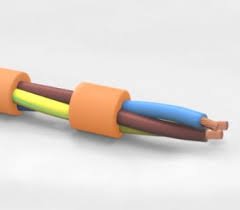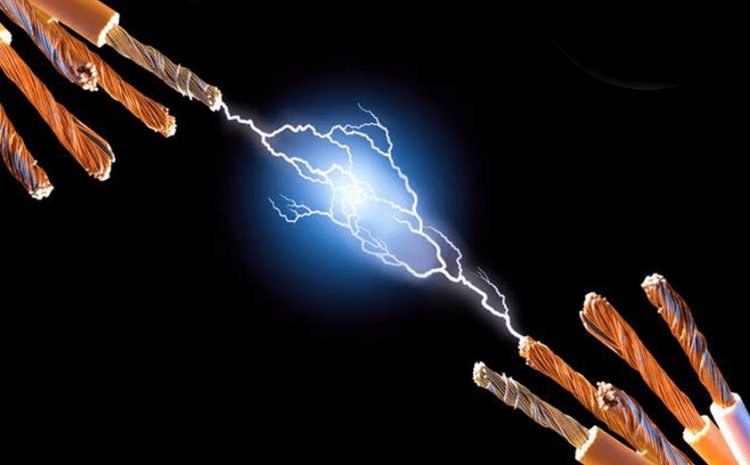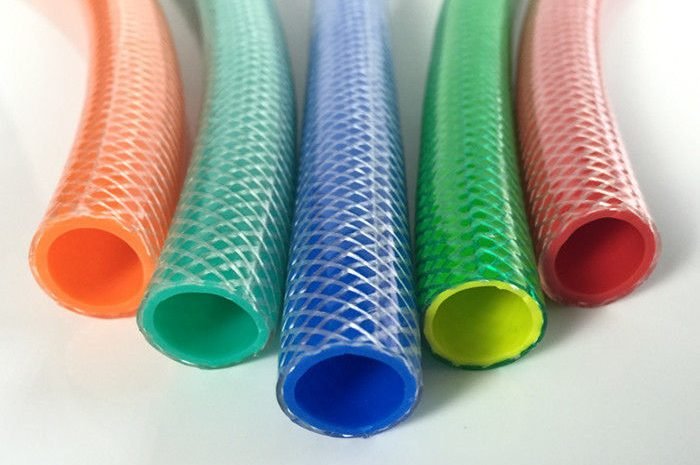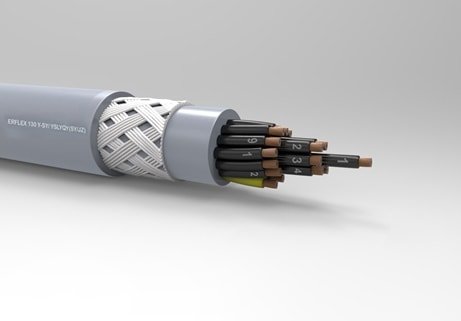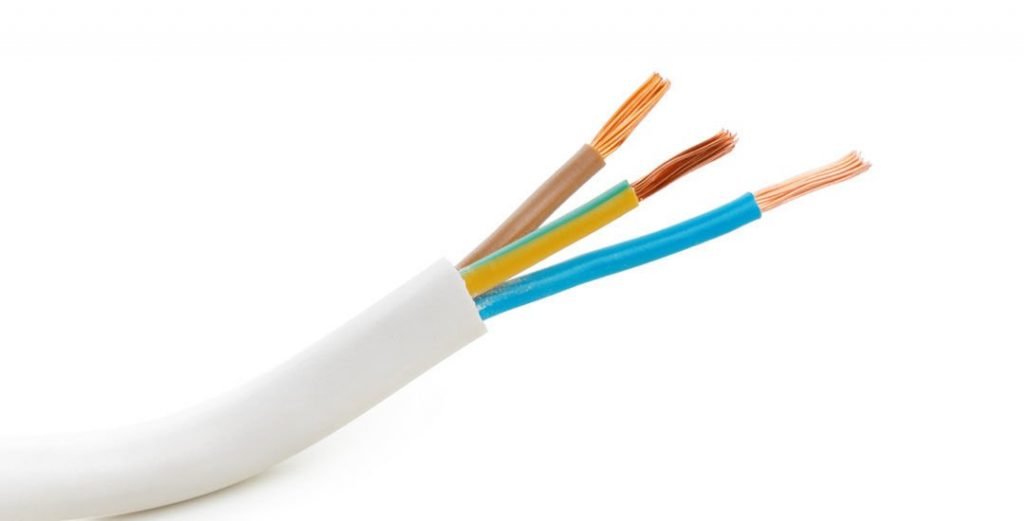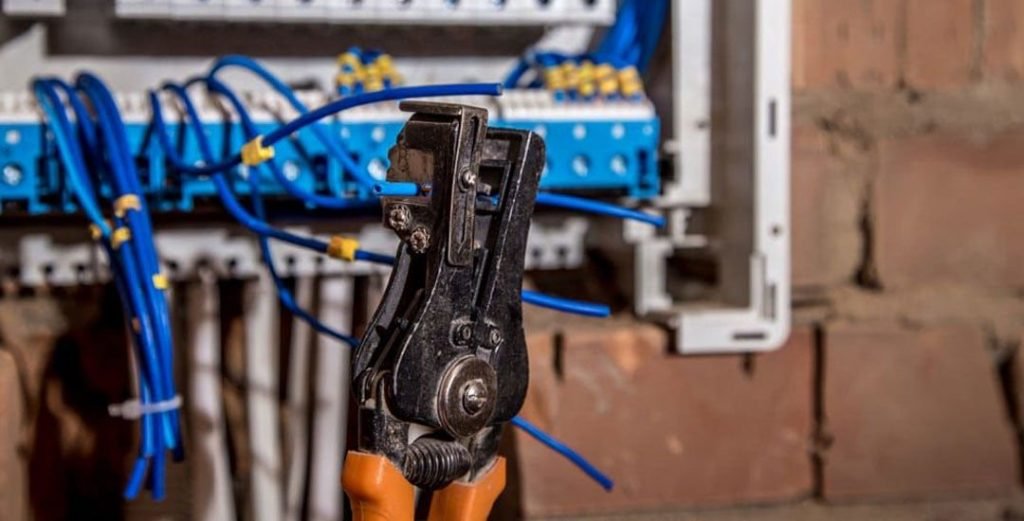
What Are Weak Current Cables And Selection Criteria? Electricity is considered to be the most important need of the modern age we live in. Most of the technological devices and vehicles, which occupy a large place in our lives and whose number is increasing day by day, work with electricity. In every field where electricity, electronics and technology take place, cables suitable for different usage areas are needed in parallel with the diversity. Since it is not possible to use electricity without a cable, it is important that the cables of technological devices have some features in terms of human health and perfect transmission.
Cables are conductors consisting of copper wires insulated with a plastic insulator used in the transmission of electric current. Wires, which can be single (mono) or multiple (flexible), have a direct effect on the transmission quality of the cable. Weak current systems, on the other hand, can be defined as systems that provide information flow, communication, control and security arrangements and management within buildings.
In addition to devices with high power and energy requirements, there are also devices that work with low currents. These devices perform their functions by means of weak current cables designed to be suitable for the place of use. Weak current cables produced from different materials according to their usage areas; It is used to provide energy, control, communication and information transmission.
Although different materials are used in the production of weak current cables, a cable integrity is designed to ensure that both the devices and the system perform their functions safely, even in case of danger, where the cables will be used.
Although the basic conductor material of the cables is electrolytic copper and its alloys, there is a great variety in insulation and sheath materials. This diversity is mainly due to the differences in the areas to be used.
Weak Current Cables Have a Wide Area of Usage
Weak current cable types have a wide range of uses. Today, due to the proliferation of smart structures, developments in nuclear energy, solar energy and wind energy production facilities due to the developing technological progress, and the automation of many organizations in the industrial sector, weak reception cable types are gradually increasing.
Among the weak current cable types; control cables, coaxial cables, welding cables, railway cables, fire resistant cables, compound cables, CCTV cables, silicon cables, bus cables, power cables, instrumentation cables, ship yacht cables, fire alarm cables, installation cables, audio and video cables is found.
Weak current systems are electrical infrastructures that have low voltage and carry current at a level that will not harm people. Weak current cables are generally used in cable applications inside buildings. It is preferred to use weak current cables for use below 1kV, such as video, alarm system, CCTV security camera systems, audio, data transfer and data flow, security systems and telephone systems in buildings. Weak current cable types have very high performance in every field. In this way, it is often preferred as the most accurate cable type for houses and buildings.
Weak current cable types are used in shopping malls, cinemas, fire detection systems, burglar detection systems, access control systems (turnstile, card access, face recognition, finger reading, barrier systems), telephone exchanges, emergency announcement, central TV systems, smart home technologies and It is also used in data/network infrastructure systems. Weak system cables, which are mostly located inside the building, generally operate at 12V level. In order to ensure the safe life and energy efficiency of the buildings, it is very important to meticulously carry out the planning and implementation of weak current systems. In addition, in buildings where people are densely populated, such as hospitals, cinemas, schools, residences, airports, tunnels, factories, universities, public buildings, sports facilities, the use of weak current systems in buildings is one of the main issues to pay attention to the compliance with regulations and standards.
What Should Be Considered While Choosing Weak Current Cables?
Criteria to be considered when choosing a weak current cable;
● Internal and external installations to be installed in the building,
● Whether it is for residential or industrial use,
● The average air temperature of the environment in the building,
● Resistance to possible rodents in the environment,
● It is determined according to the load capacity that can be put on the cable.
At the same time, it should be checked whether the weak current cables are resistant to fire and flame, and whether they emit flame or smoke in case of fire. When there are risks such as impact, forcing, and rodents in the environment, care should be taken to choose the right sheath or whether there is a need for shielding the cable. When it comes to the exposure of the weak current cable to negative factors such as humidity, chemicals or oil in the environment in which it will be located, it should be decisive that the cables contain various protective features. In addition, it is one of the most important issues that all weak current cables are powered by UPS. Shielding may be required when there is another signal in the environment that could affect the signal to be transmitted through the weak current cables. For the quality of the shielding, the highest attention should be paid to the mesh coverage ratios.
Weak current cables are expected to comply with some local or international standards according to the type of circuit they will be used in and the areas where they will be used. There may also be cases where compliance is requested in some special specifications.

